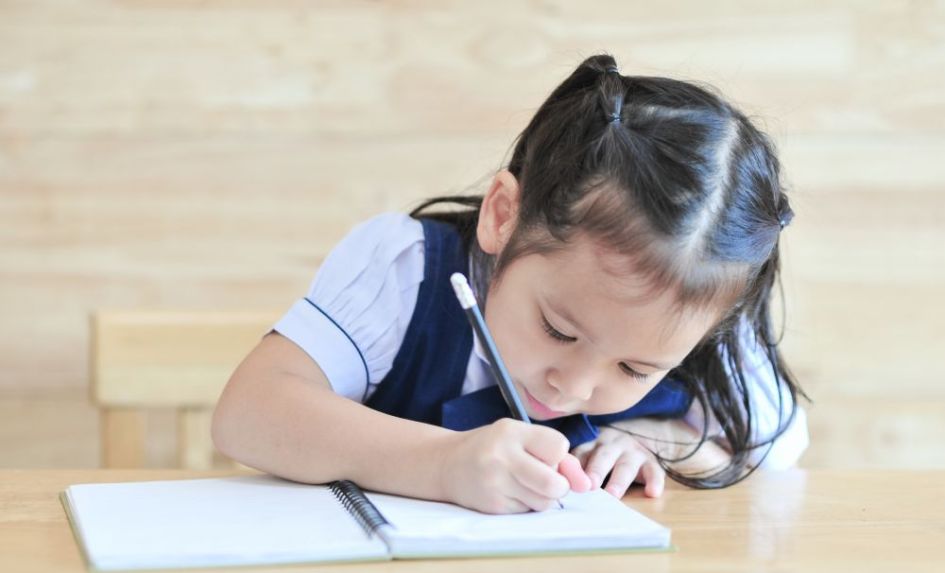One of the largest reports into the impact of the pandemic on primary school pupils has found that millions of children are not achieving their age-related benchmarks, two years after the pandemic began and school closures disrupted education.
The Juniper Education study examined the impact of the pandemic on primary school children’s learning from data of over half a million pupils representing more than 6,000 primary schools.
Key findings
Youngest pupils are worst affected. The report reveals that nearly one in three of all Year 3 children has not met age-related expectations in reading, writing or maths compared with around just one in five before the pandemic, when these pupils were in Year 1.
In autumn 2019, 82% of Year 3 pupils achieved age-related expectations in reading, 79% in writing and 83% in maths. Two years later these figures have dropped to 68%, 58% and 69% of pupils respectively.
The report indicates that not only has younger children’s learning suffered the most during the pandemic, but it is also yet to show signs of recovery.
Writing is the subject most affected. Of the three core primary subjects, writing suffered the most from the pandemic.
All year groups in the study saw steeper drops in writing than in reading or maths.
The biggest fall in writing attainment was for Year 3, with only 58% of children being at the expected level in writing, compared with 79% prior to the pandemic.
Youngest pupils with SEN fall further behind their peers. The pandemic has raised new barriers for children with SEN, with the gaps widening between children with SEN and their classmates, particularly in Year 3.
In 2019, the gap in attainment for Year 3 pupils with SEN in reading was 29 percentage points. Two years later it’s 45 points.
Inequalities growing between disadvantaged pupils and their peers. The Covid crisis has exacerbated inequalities by widening the attainment gap between children from disadvantaged backgrounds and their classmates.
In autumn 2019, 68% of disadvantaged children (those who qualified for Pupil Premium) met age related expectations in maths compared to 82% of their peers – a 14-point gap.
By autumn 2021, only 55% of disadvantaged children were reaching expectations for their age in maths, 20 points behind their peers.
There is no doubt that the pandemic has had a damaging effect on primary school children’s attainment which will take time, expertise and strategic thinking to overcome – particularly for the younger pupils.
However, the data identifies some early signs of recovery in older year groups, and there is hope that we can start to look ahead to a more optimistic picture.
Stephan Nicholls is a former primary headteacher, now education consultant for Juniper Education and author of the report, viewable here.










